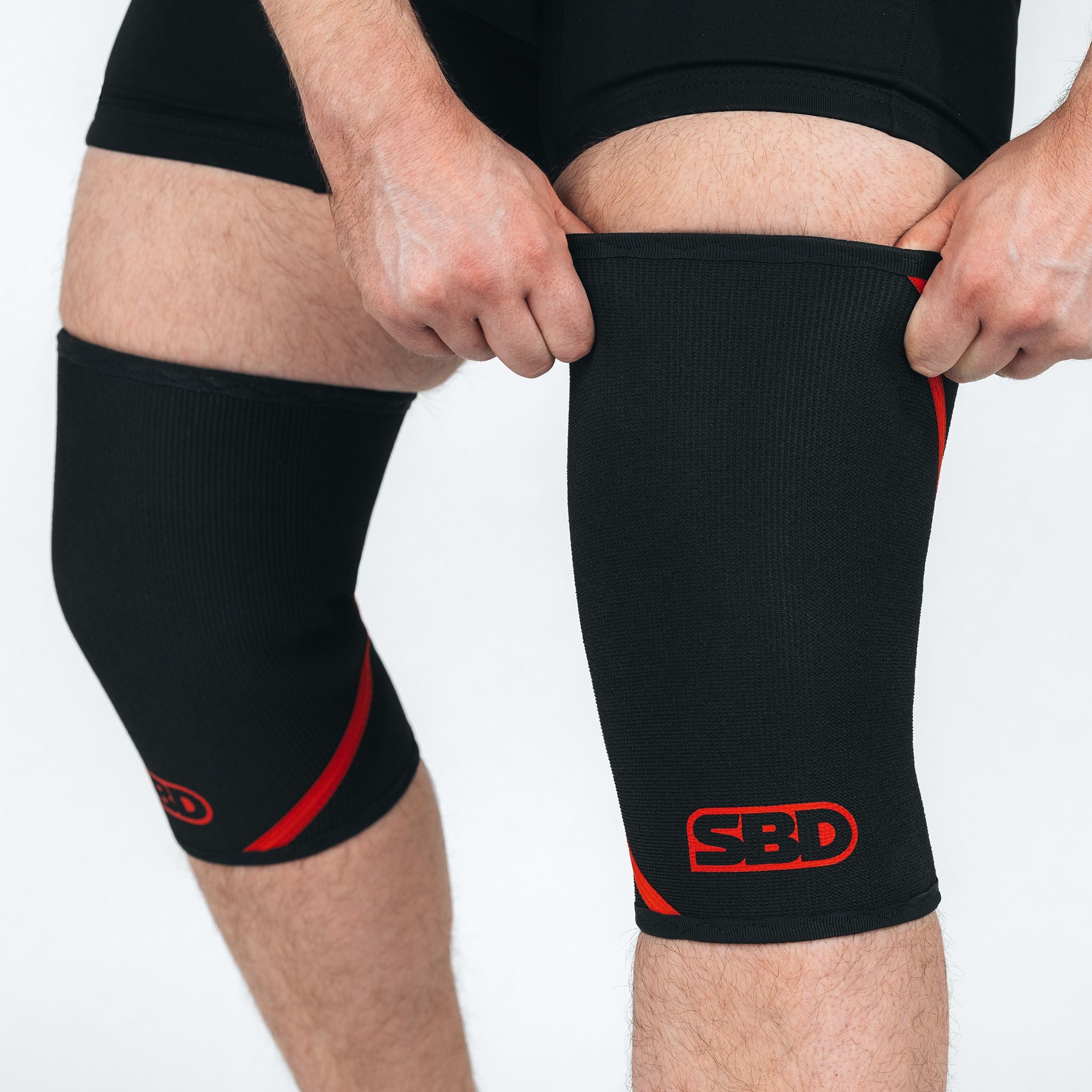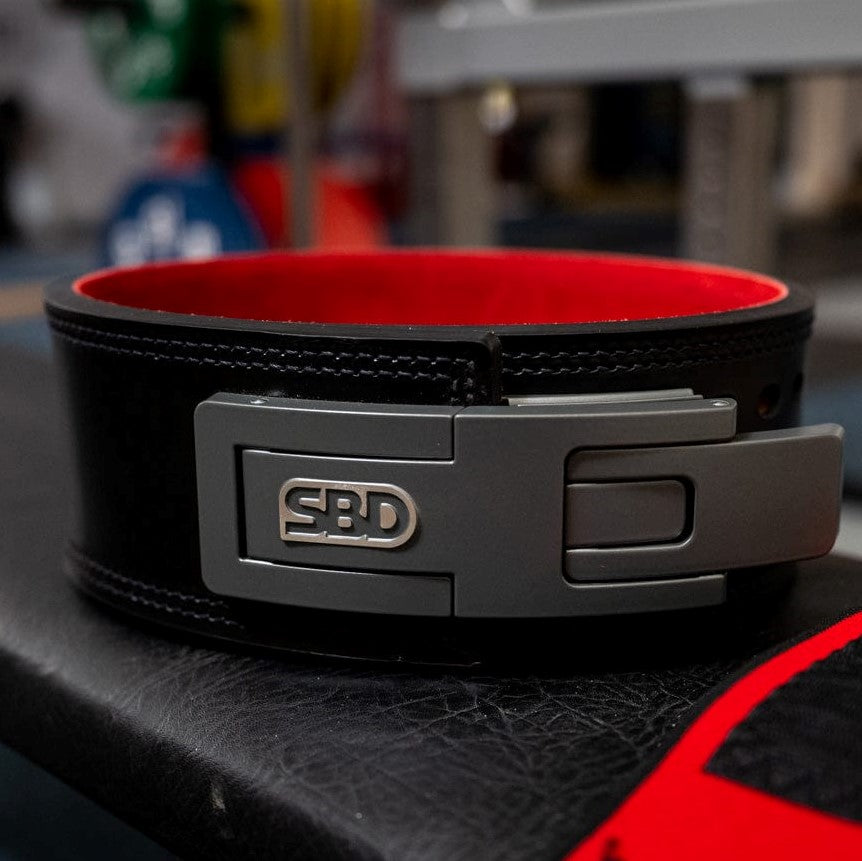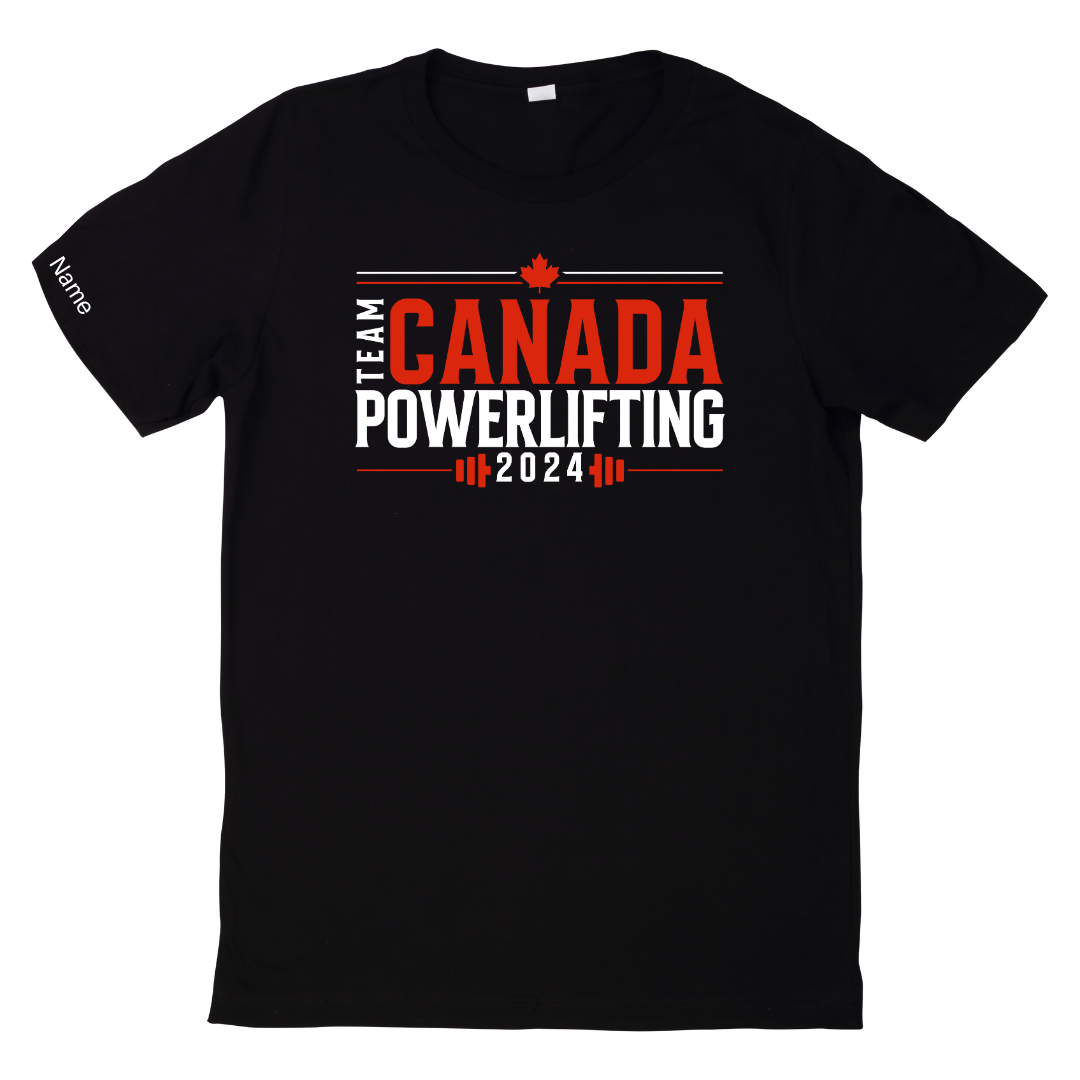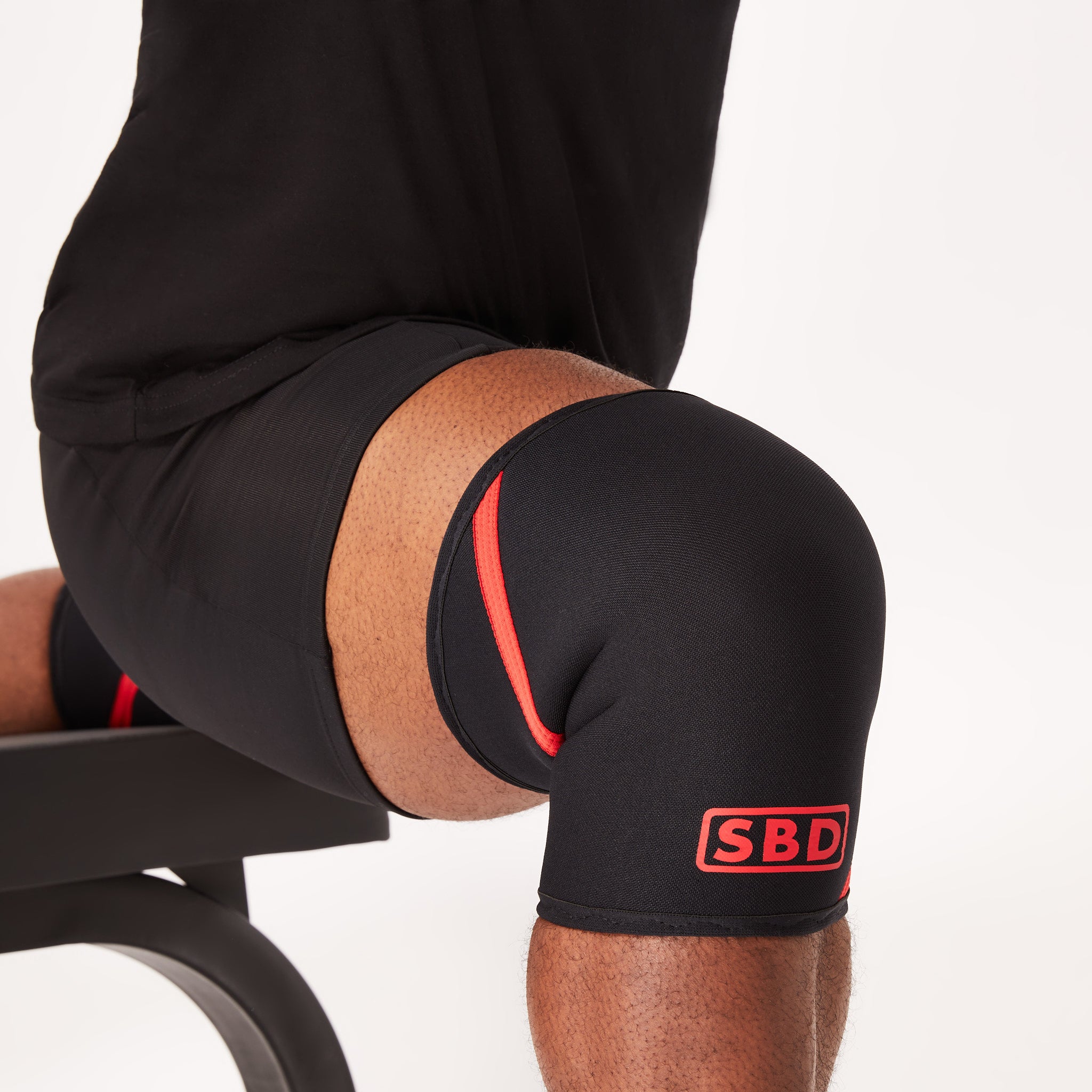Stronger Foundations for a Bigger House
by Vicky Taylor-Hood
“Ken? I didn’t like that.”
“You know, Vicky, I’m pretty good at reading people. I picked up on that one.”
“Thanks, though. That shoulder feels better.”
“Anytime. Now let me show you the nuances of this wall variation of the scapular pushup that you can carry over into dumbbell work.”
One of the things that training has taught me about life is that when you stall or falter in some way, you don’t give up. Rather, when faced with changes, challenges, injury, failure to make progress in a particular way, stagnation or whathaveyou, you have to reroute instantly, without a loss of enthusiasm, and look for the workaround, not the exit door. You examine what you’re doing and if you cannot step forward, you find ways to step laterally, onto a side trail that lets you move forward in different ways. The world is full of side trails. Absolutely replete with them, and some of them have the potential to be main trails if we commit to them fully, it’s just that often we don’t see them at all. We pass by them daily because either the path we’re on is working or it’s comfortable, so we don’t look around us until forced to. Or when we do, we see it as second best and don’t give it quite the same dedicated attention as we gave to the path we wanted to be on.
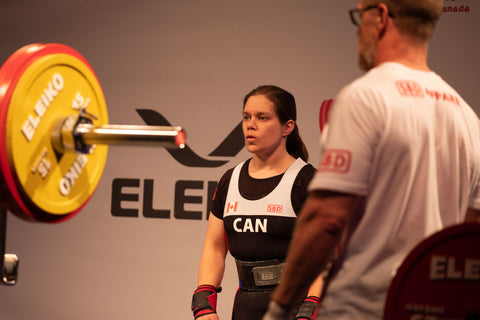
This summer after Worlds, I reached a crossroads and instead of staying on the familiar path of training 4-5x weekly and focusing on numbers on any sort of normal-to-me program, I opted to to stop and look around for a bit and take stock of what needed to be done next. When I was growing up, a mentor once said, “It’s okay to not know what you’re going to do with the rest of your life, but while you’re figuring that out, do SOMETHING.” I decided to make solid use of the time and put together a wee list of the many important things I had learned about myself and my lifting from Worlds as well as from my training over the past year. I wasn’t broken or injured. Nothing hurt in particular. But I also wasn’t moving as well as I could have been and suddenly I was faced with a golden opportunity to fix this. There were six to eight weeks before I resumed structured training with a powerlifting focus of any intensity; this was an open door to improvement that I might not otherwise have been able to give undivided attention and effort.
I have had some really great experiences in working with a sports chiropractor (Aras Kvedaras - my daughter calls him “Abracadabra” because he’s that good at fixing lifters) very briefly at assorted meets, but his office is a long ways away and that makes continuously working with him less effective. The most substantial things that I learned from working with him were that someone with his skill set was someone I needed on my team and that this sort of maintenance and regular attention needed to fit in my training schedule. I did some scouting around and began working with a local chiropractor, Ken Budgell, who also thinks creatively and can apply his many skills to powerlifting and whose personality I like enough to have in my personal space. (Note: Don’t underestimate the importance of this last aspect of someone you intend to work with closely. To get the most out of what they can do, you have to respect their knowledge, trust them, and be able to communicate with them, which usually also means that you find them likeable on some level.)
Ken gave me a complete check-over and made two lists, one list of the things that were working really well and another of things that he saw as potential opportunities to increase strength and productivity (things that some would call “problems” but that we chose to look at as potential for positive change). What he told me jived very well with issues I had been having. His words were something to the effect of, ’Okay, what I see us needing to do here is come up with and implement a plan together to focus on X, Y and Z. These are the areas that I see need improvement in flexibility, mobility, and stability and if we can fix those, I believe you’ll be a stronger lifter because you’ll be able to train more consistently with less risk and reduced recovery time. We have a window of opportunity now so if you do the consistent daily work and I do the periodic “deep cleaning,” together we can make Vicky move better now and maintain that throughout training season. Phase one looks like this (shows me an outline of facets to be incorporated), phase two would build on this and work in additional components, and phase three would be maintenance. Now, what are you doing for unilateral leg work? …and let’s talk about how to make your core training more effective.”
Then I stepped pretty far outside my comfort zone and let him do really awkward rotational things with my hips that did not feel very good. I also went back to the gym and started working on the various facets of what he suggested on at least a daily basis. It was not comfortable. It was also incredibly humbling. But in a very strange way it became hella fun. When you are used to heaping more weight on the bar, doing different movements that don’t involve a bar but challenge you is a liberating experience. And the timing on this project was well-placed; I was 28 weeks out from my next competition. There really is no better time to integrate such work than many months in advance.

This meshed well with what I really needed mentally; it was a genuine shift in focus and intention. I worked on pistol squats and learned how to plank more effectively. I’ve been coaxing my right hip into externally rotating more freely (and my left has been made to toe the line and internally rotate with greater grace), correcting a lateral shift and slight twist that has haunted me for some time. I have rectified obvious strength imbalances in glutes, pecs, and posterior shoulder muscles, cajoling my annoying shoulder into playing along by making solid inroads on fixing the anterior glide that has derailed me more than once. I spent time with bracing techniques on squats and deads using a more effective timing and synchronization of upper and lower abs, playing with the form without set numbers.
Later in the summer, I did a lot more research and found a coach (Karl Hjelholt) that seems to be a really solid fit for what I needed to do next and whose communication style works extremely well for me. When we talked programming and technical feedback, I had a clear sense that it would mesh very well with and in effect be a continuation of the work I had been doing throughout the summer, enhancing my structural stability and overall athletic strength while bringing me back to powerlifting training. Plus after a month of trying it out, I knew that it was working; it intuitively felt like the right fit for this point in my lifting career with the right personality and communication style. It’s similar to the kind of training that I have done in the past that has made me extremely strong, but different in some key ways that I feel work for me. Training is a lot like a patchwork quilt in some ways; the layers fit over each other and connect with an overlap, the result being that the places with overlaps are strong as hell. I had a very clear sense that Karl’s training challenged me in ways that suited me well, ways that were hard but also within my scope, and that layering it over the foundations I already had would reinforce those early investments as well. I could feel my body getting stronger from week to week and that feeling has been self-reinforcing, driving me to work hard. I can now do things (like dips) that have eluded me for a while due to instabilities and I trust my body to be able to handle the work we’re asking of it.
I think that sometimes we feel so compelled to stay on a particular course, either by virtue of habit or time pressure to reach a destination (e.g. an upcoming meet) or even just assumption that there is not other way, that we don’t step onto side trails and we don’t look anywhere but down the road we’re on. And when we reach crossroads, we look for a familiar road because it’s comfortable, a known entity. There are times when that rigorous focus is an asset, like during preparation for an important meet. When nationals loom, there’s not a lot of time to explore and deviate. When a meet is on the horizon we put our heads down and slap bandages on the things that hurt in order to keep going. But those times of the year without that driving need to peak and perform are immensely valuable to the quality of movement (and almost as importantly, confidence in that movement quality) that we have when we head into the season of competition training. The down times, the periods where we focus on other parts of our lives and give diligent attention to the underpinnings of our lifting make us better athletes.
I had a good conversation with an athlete friend this summer and she made the comment that I needed to, “find someone who has your vision for what you want to accomplish and can help you get there as well,” and I took that to heart. Rebuilding my team has helped me to look critically at my self, at my own strengths, weaknesses, needs, and potential and to compliment all of those facets with the skills and attributes of professionals who can help me get where I want to go. This careful building of my foundations and the resources that help stabilize those is what will set me up for the competition seasons in the years to come. As well, I have a strong sense that (for me) my ability to see the link between stepping back to foundational work in the off-season and making progress in the competitive season will contribute to my longevity in this sport.


